Why Meiji Jingu Should Top Your Tokyo Itinerary (Plus Visiting Guide)
In my opinion, if you can only visit one place in Tokyo, make it Meiji Jingu. This famous Shinto shrine is nestled in a large forested area right in the heart of Japan’s bustling capital. In this travel guide, we will share why we think this shrine is a must-see destination and provide essential visiting tips.
- Location: Google Maps.
- Opening hours: varies by month. You can see the schedule on the official website.
What Makes Meiji Jingu Special
Unlike many other shrines, Meiji Jingu is dedicated to historical figures, Emperor Meiji and Empress Shoken, who played a crucial role in modernizing Japan. Emperor Meiji, in particular, is credited with overseeing the country’s transition from a feudal society to a modern industrial nation during the Meiji Restoration. This makes the shrine not only a religious site but also a monument to significant historical changes.
Situated in the heart of Tokyo, Meiji Jingu is enveloped by a dense forest, creating a tranquil and serene oasis that is both unexpected and refreshing in the urban environment. Walking through the path leading to the shrine made us forget we were in one of the busiest and most populated cities in the world. This forest was created with over 100,000 trees donated from across Japan as a tribute to the Emperor and Empress.
The shrine’s buildings were constructed using Japanese cypress in traditional Shinto architectural styles. While Shinto shrines often feature bright vermilion colors, you will notice that the design of Meiji Jingu is more subdued, with the cypress left in its natural colors, showcasing the natural beauty of the material. I think this makes the shrine blend well with the surrounding forest setting and creates a solemn atmosphere.
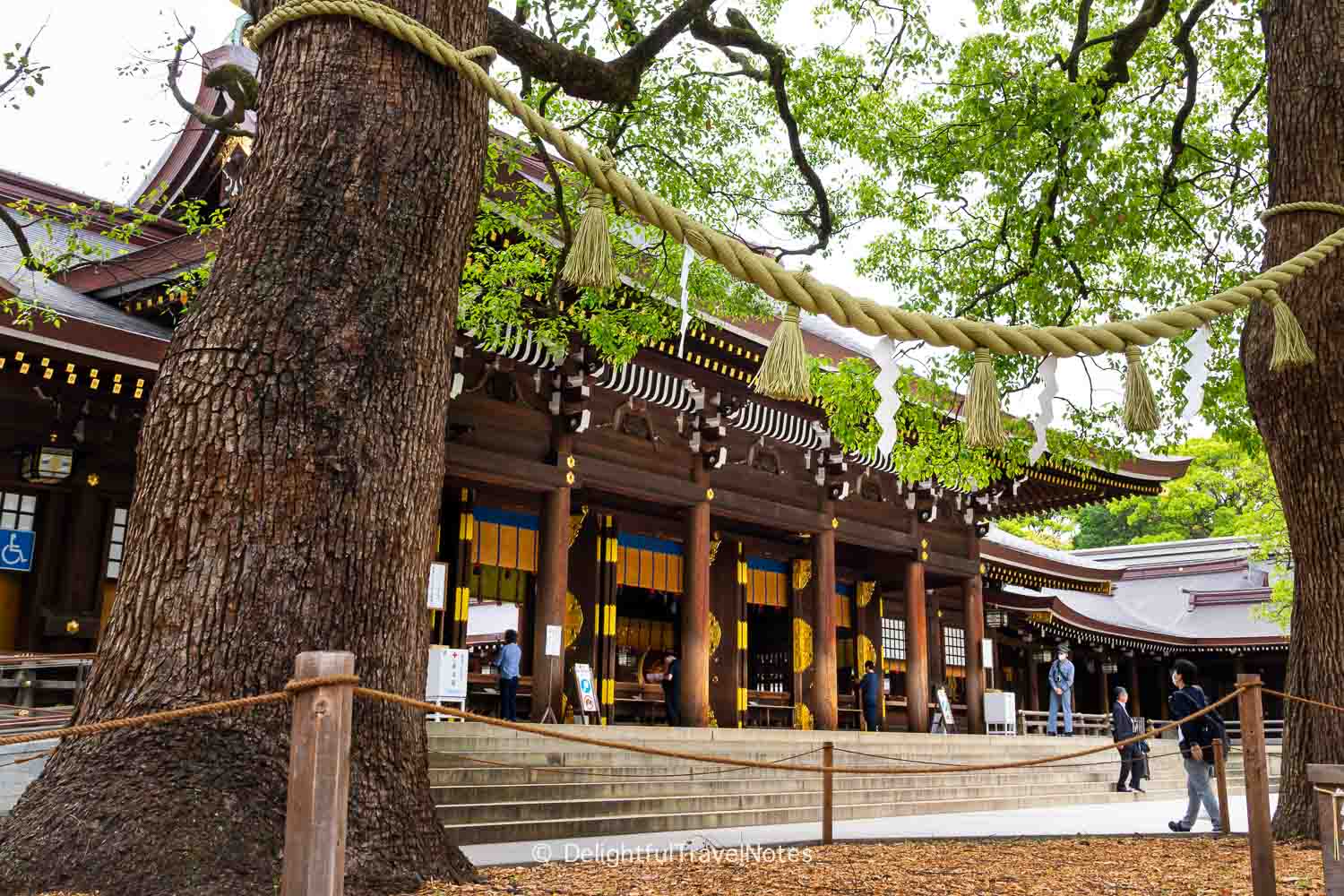
The most significant aspect that makes Meiji Jingu special to us is undoubtedly its atmosphere. Walking through the forest, passing under the huge torii gates, and stepping into the shrine, we could immediately feel a profound spiritual presence. Seeing Japanese visitors bow to show respect as they passed under the torii when entering and leaving the shrine also added to the atmosphere.
Perhaps it’s because we’re Asians – although not Japanese – that the shrine’s setting and ambiance gave us some emotional and touching moments. So even if you have felt “templed out” after visiting many temples and shrines across Japan, don’t skip Meiji Jingu as it is very unique and offers a profoundly serene experience.
How to Get There
Meiji Jingu is centrally located in Tokyo with close proximity to major transportation hubs, so you can easily get there via public transportation. The site is expansive, and even during the day, it won’t feel crowded (unlike Senso-ji). However, for the best experience, try to come early to enjoy the tranquil and solemn atmosphere to the fullest. Since we wanted to be there early, we took a taxi from Ginza as we were concerned that the trains and subways could be extremely packed during the morning commute hours.
You can access the shrine through several different gates. We recommend entering the site via the south entrance which is right next to Harajuku Station. This entrance will lead you along a beautiful, wide path lined with towering trees before entering the main gate, creating a serene approach to the shrine complex. Be sure to check out this official map of Meiji Jingu which shows all the nearest stations, places to visit, and brief overviews of those places.
Things to See
Meiji Jingu site is huge, and there are several key areas and elements you should explore to fully appreciate the site.
Torii Gates
In Shinto religion, torii gates traditionally mark the transition to the sacred world. The massive torii gates of Meiji Jingu are in natural wood color rather than the more commonly seen vermilion paint found in many Shinto shrines. This aligns with the shrine’s forested setting and overall aesthetic of natural purity and simplicity.
The upper lintels of these torii are decorated with three sixteen-petal chrysanthemum crests. The chrysanthemum crest is the crest of the Imperial Family.
If you enter via the south entrance near Harajuku station, you will encounter three torii on the path to the main shrine.
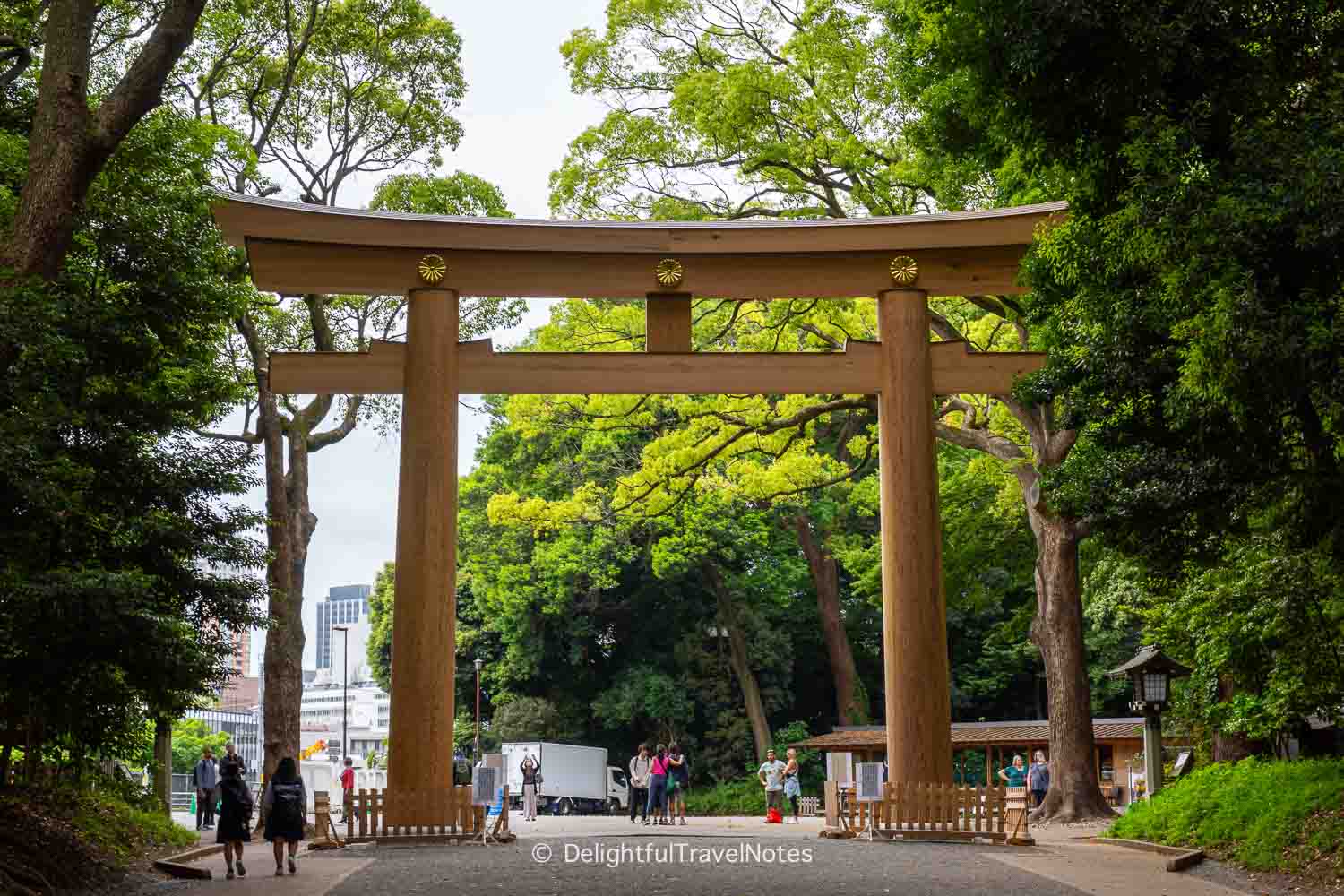
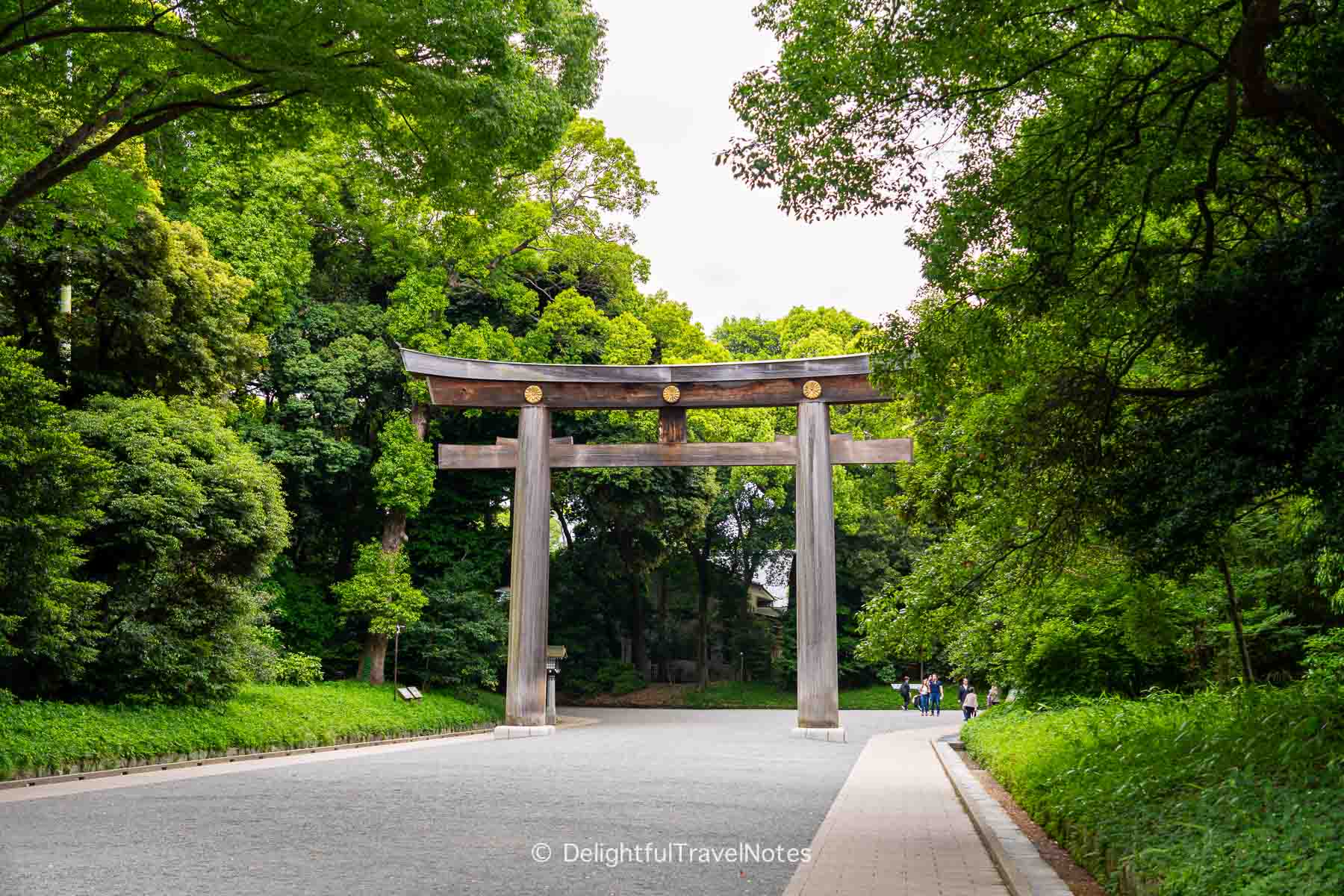
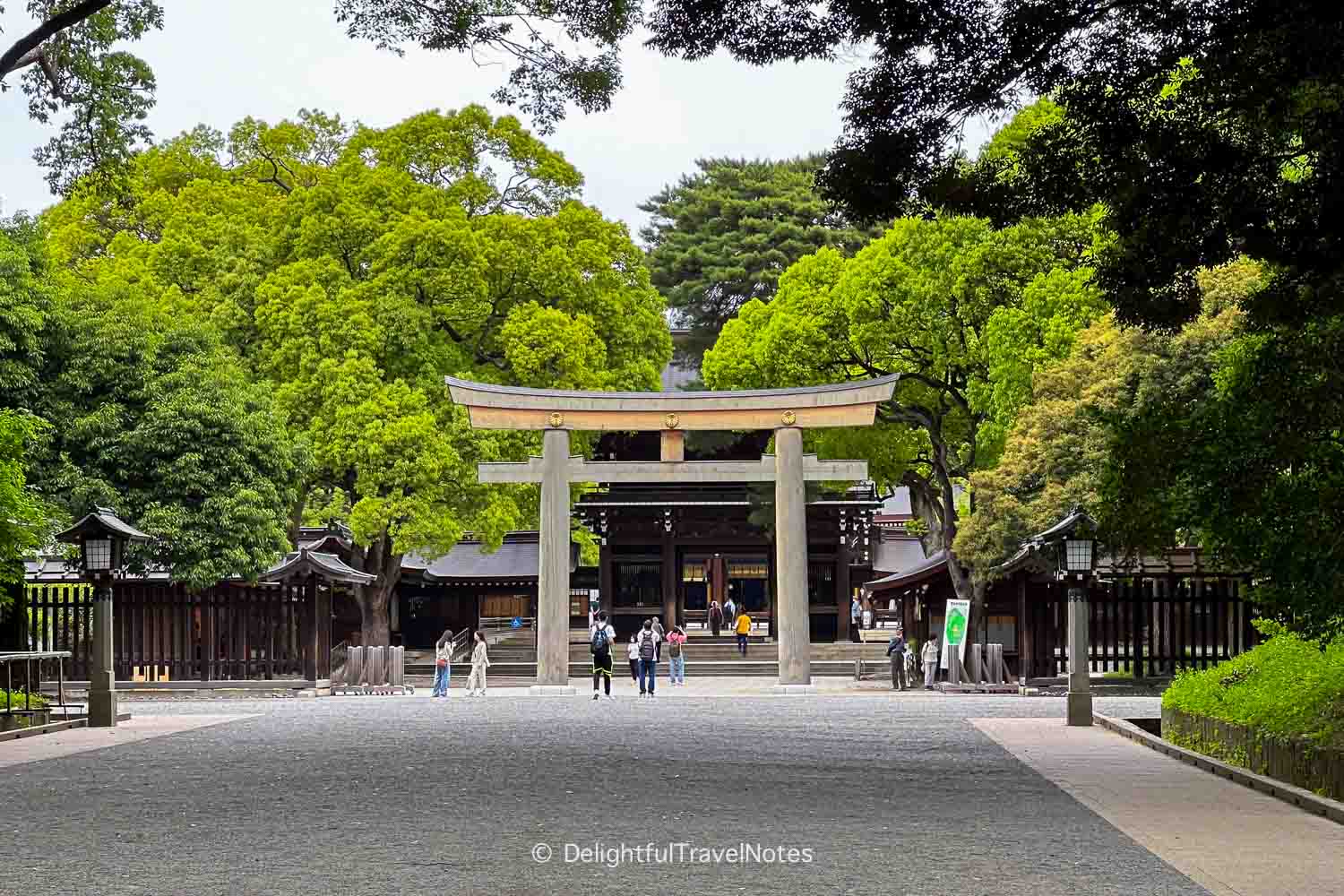
Sake Barrels and Wine Barrels
On the way to the main shrine from the south entrance, you will see stacks of colorful sake barrels which are offerings made by sake brewers from around Japan to the kami deities, symbolizing their respect for the enshrined souls of the Emperor and Empress. Make sure to take a photo here.
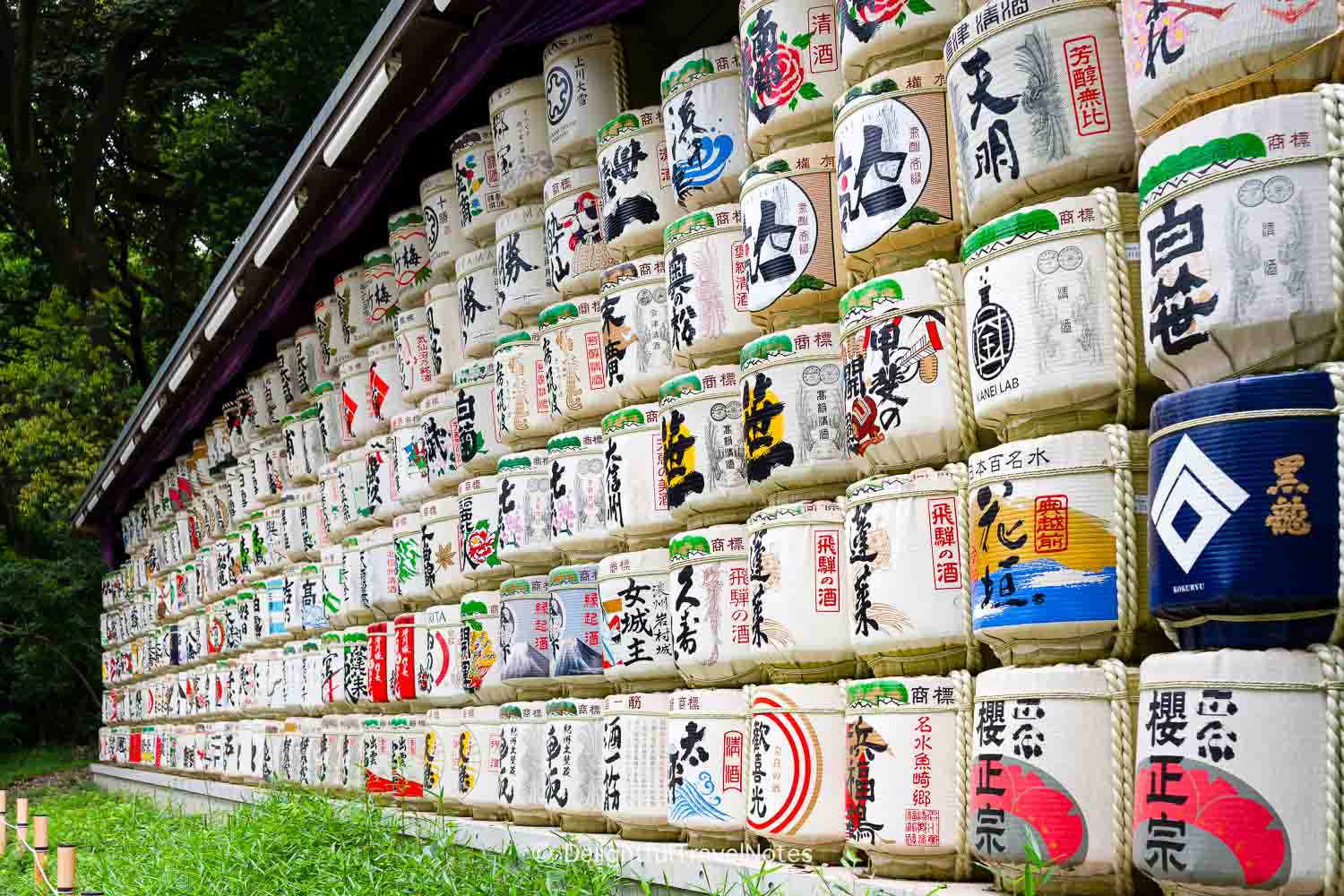
Opposite the sake barrels are the barrels of wine donated from Burgundy. The Emperor loved Western cuisine and French wine, and these barrels are a symbol of Japan’s international friendship with France.
The Main Shrine Complex
After passing through three torii, you will see the main gate which was built in 1920 and survived the air raids of World War II.
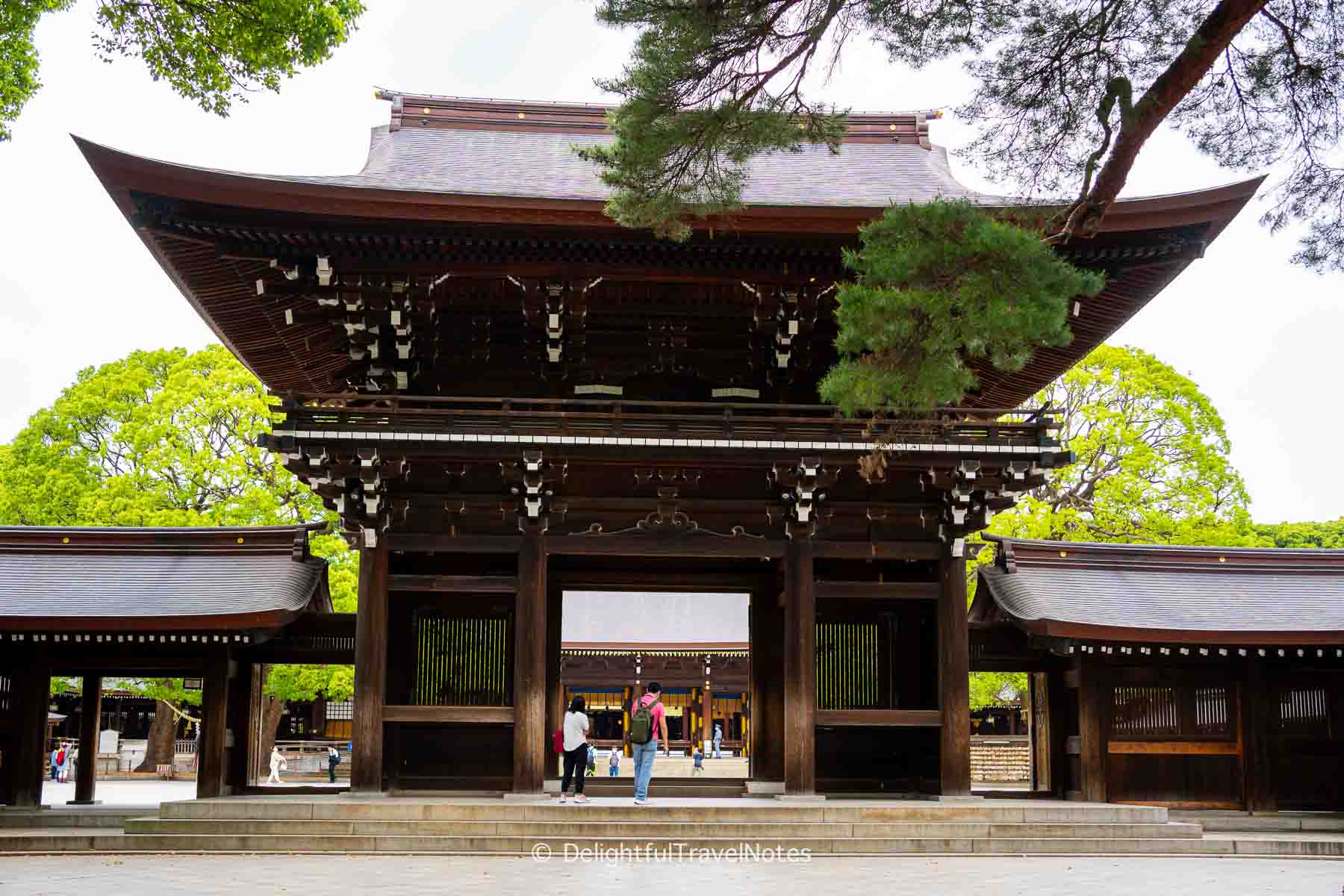
Upon entering the gate, you’ll reach the courtyard of the main shrine complex. Take a moment to absorb the spiritual atmosphere. On the left-hand side, there is a pair of camphor trees known as “husband and wife camphor trees” and seen as a symbol of a happy marriage.
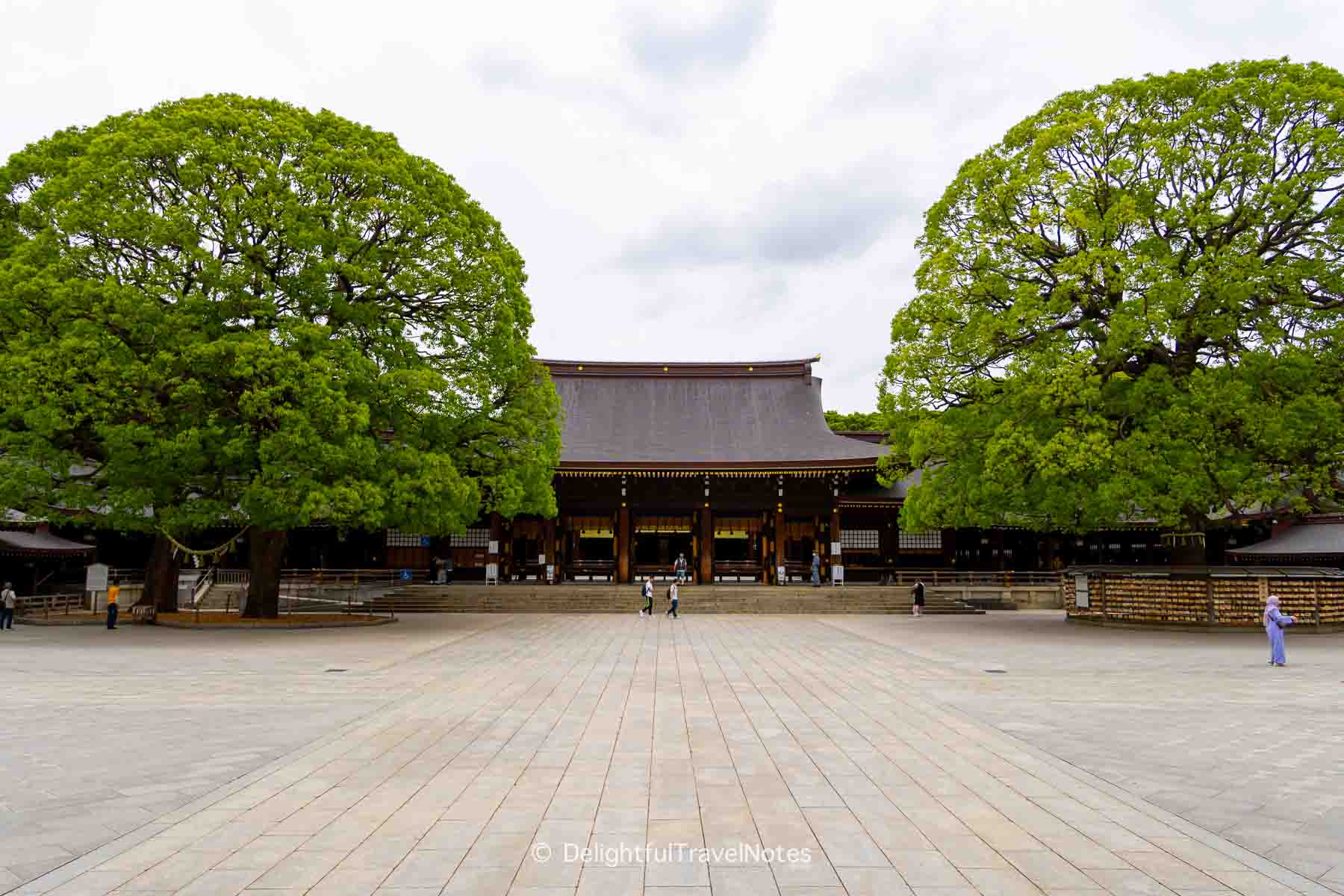
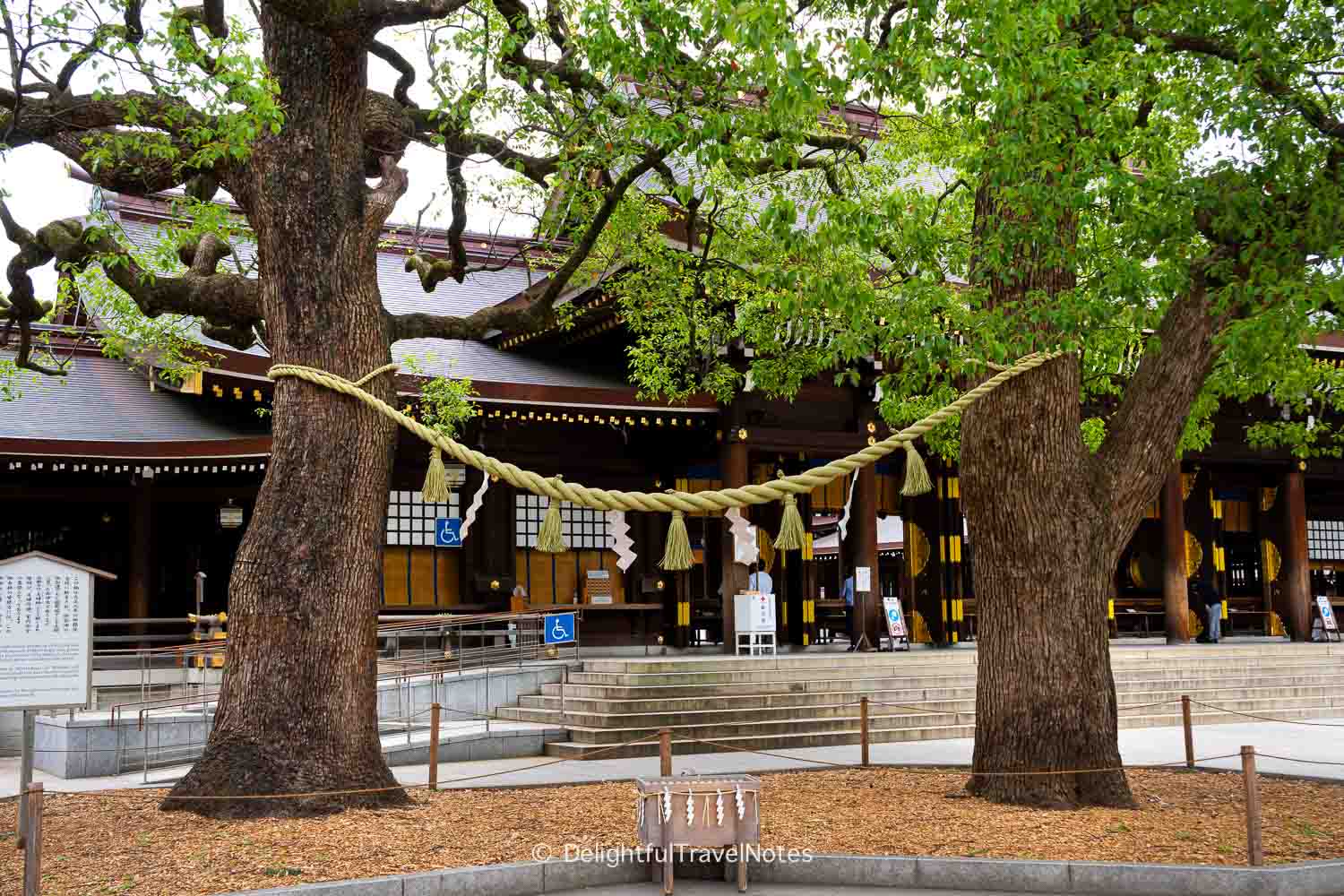
The trees are connected by a shimenawa rope, which acts as a barrier that purifies and protects the area from evil spirits in Shinto religion. We found the rustling sound of the camphor leaves during our early morning visit very soothing.
On the right-hand side, there is another camphor tree surrounded by votive tablet racks. You can purchase an ema, a wooden plaque, to write messages on and then hang on the rack. The messages can be anything, such as prayers, wishes, or other heartfelt messages.
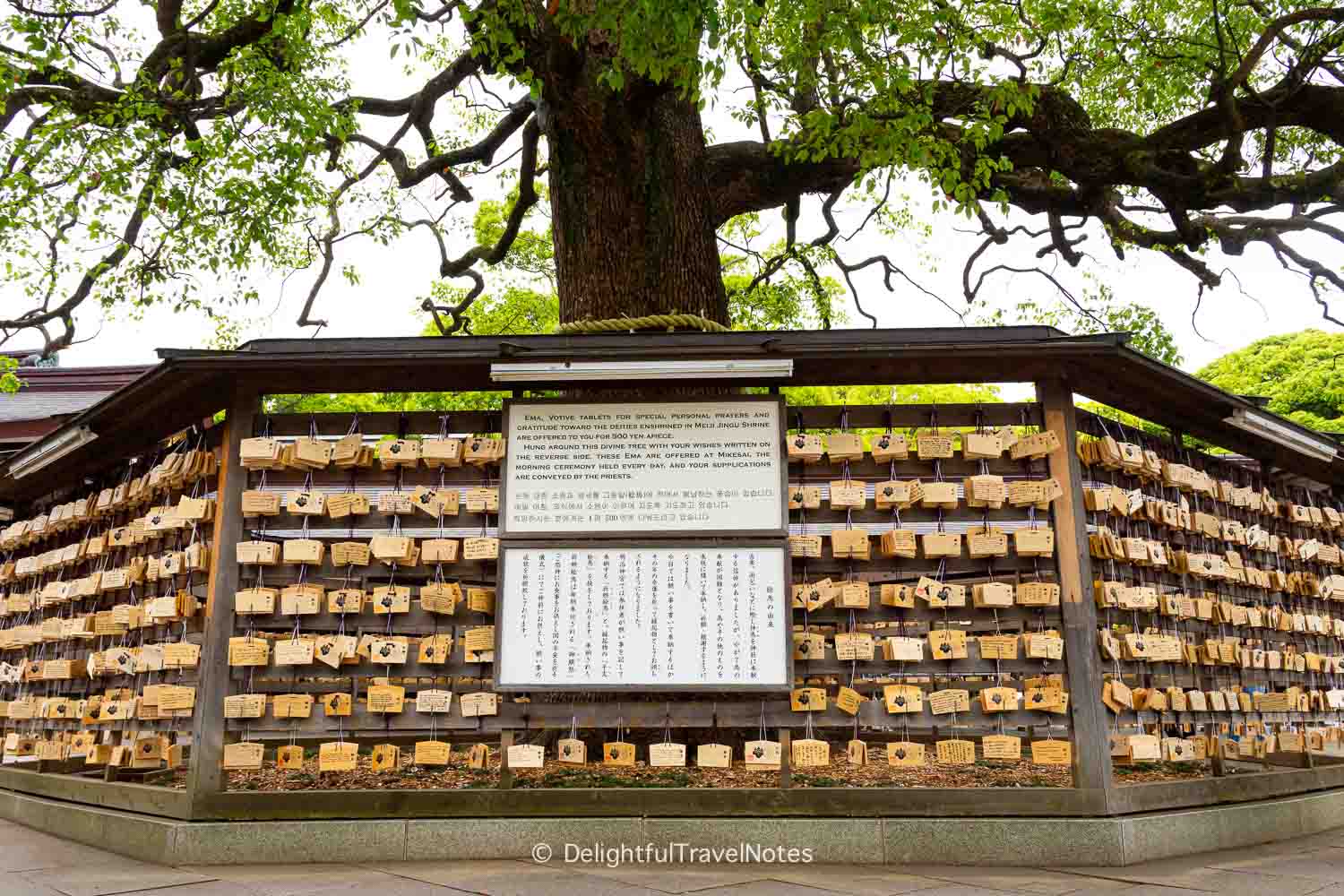
You can proceed to in front of the main shrine and pray. Here’s the “How to pray at Shinto shrines” visual guide by Meiji Jingu. The process includes the following steps:
1️⃣ Put some coins into the offering box.
2️⃣ Bow twice deeply, then clap your hands twice.
3️⃣ Join your hands together and pray in silence.
4️⃣ Make one more bow after praying.
I have compiled everything you need to know about Japan temple and shrine etiquette in this guide.
Meiji Jingu is not only a site for worshipping but also a place that hosts New Year’s celebration, other traditional festivals and Shinto ceremonies. When we visited, there was a traditional Shinto wedding taking place.
Kaguraden Hall
This hall is off to the side of the main shrine. You can stop by to collect a goshuin as a token of your visit to Meiji Jingu. Goshuin is an excellent collectible souvenir to bring home from Japan.

When I visited last year, the goshuin had been pre-prepared on a separate paper. The priest wrote the date on it before handing it to me.
Inner Garden
While the main shrine is free, visitors will need to pay a small fee to enter the inner garden. If you enter through the south entrance near JR Harajuku Station, you will walk past this garden before reaching the shrine. I recommend heading to the shrine first and coming back to see the garden.
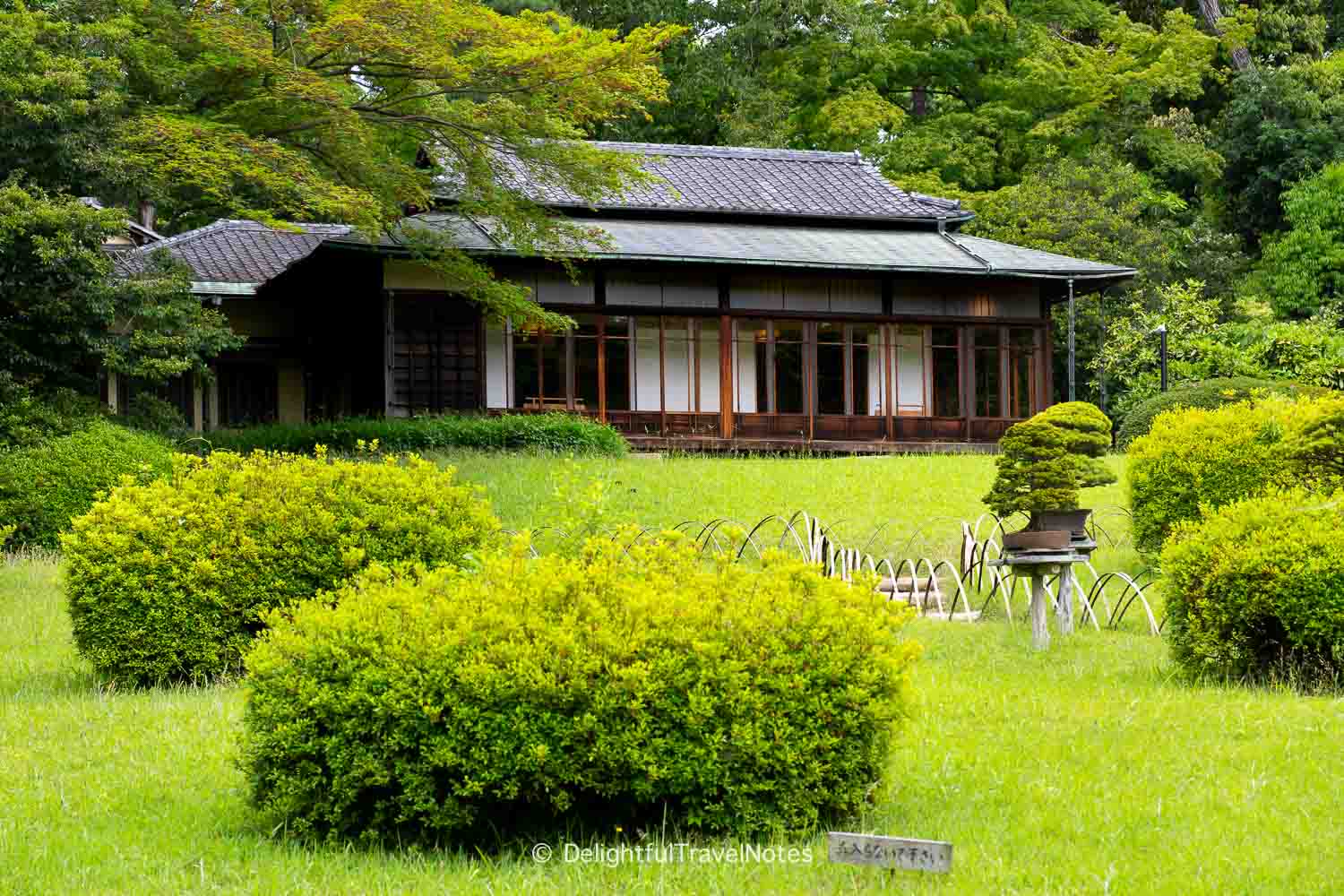
The inner garden features a beautiful iris field, which blooms in June. It also boasts a variety of azalea bushes that bloom in different colors in spring (end of April – early May). Our visit was near the end of May, so there was no iris or azalea. However, the water lily was blooming in the south pond.
This is probably controversial, but I personally think it is not a must to enter the garden, maybe unless when the irises are blooming. For me, it is not neat enough as a Japanese garden. As a forest-like garden, I find walking along the main path to the shrine more scenic and atmospheric.
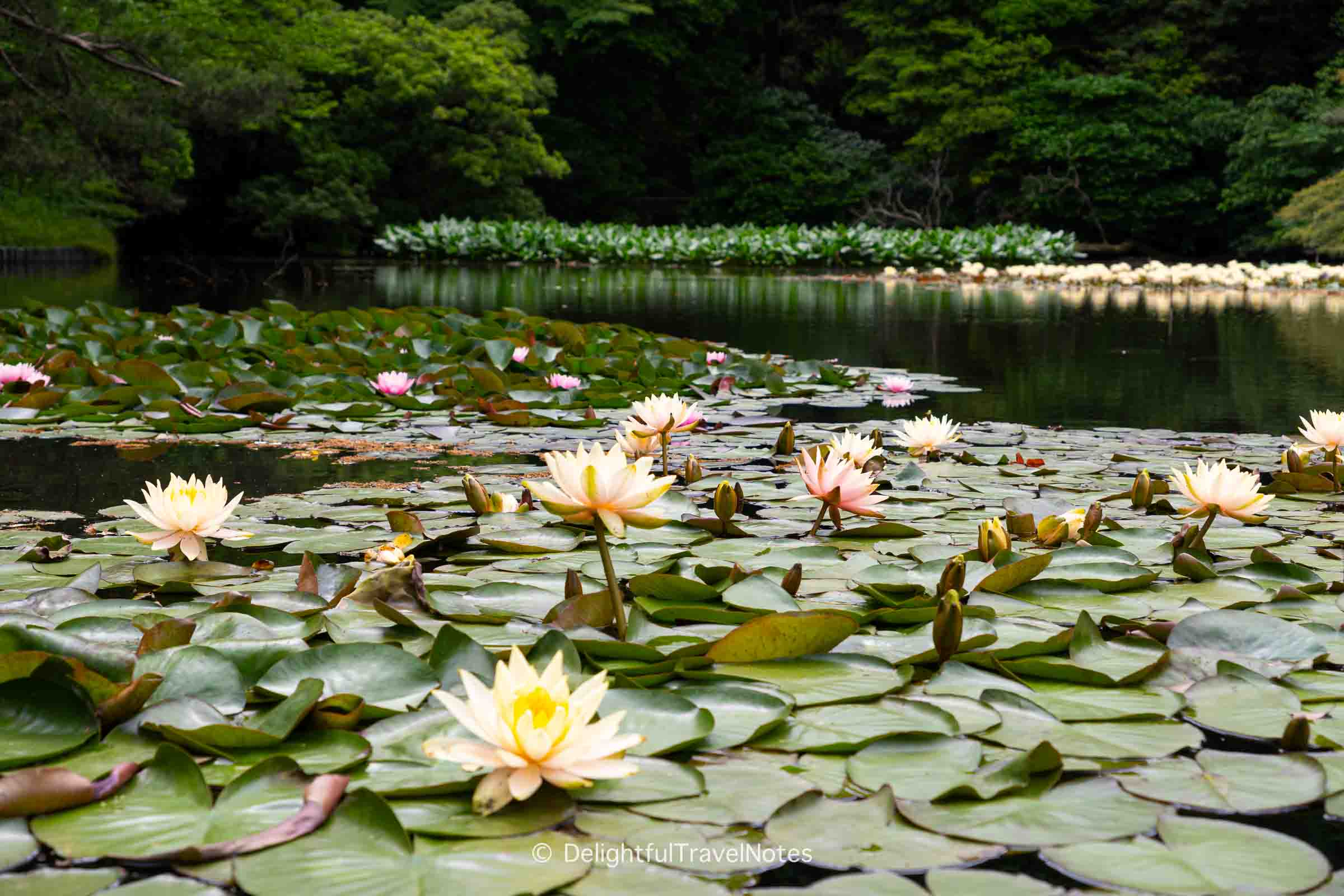
Meiji Jingu Museum
You will see the Meiji Jingu Museum on the way to the shrine from the south entrance near JR Harajuku Station. Similar to the inner garden, I recommend heading to the main shrine first.
Visitors will also need to pay a fee to enter this small museum which opened in 2019. Some may find the 1,000 yen fee expensive for the number of exhibits, but we found it worthwhile. If you are into architecture and history, definitely visit it.
There are multimedia displays that illustrate how Meiji Jingu and the surrounding forest were constructed. You will also find items once used by the Emperor and Empress. No photograph is allowed inside though.
The museum is housed in a two-story building designed by a renowned Japanese architect (who also designed Shisui Hotel Nara where we had a great stay). It has a sleek, contemporary design that harmonizes with traditional Japanese elements and materials. The open space inside, along with the warm, gentle atmosphere and benches overlooking the forest, provides a quiet, contemplative environment for visitors to learn more about the legacy of Emperor Meiji and appreciate it.
Final Thoughts
In conclusion, we believe that Meiji Jingu should be at the top of every traveler’s Tokyo itinerary. On our next trip to Tokyo, I would also like to visit it again to soak in the atmosphere and observe the wood craftsmanship of the shrine more closely.
After visiting Meiji Jingu, you can continue exploring the Shibuya area, visiting attractions such as Shibuya Sky and Shibuya Scramble Crossing. If you are a foodie, be sure to check out the Shibuya Tokyu Food Show, a large depachika (basement food hall) that offers a wide selection of various foods and is quite fun to walk around.
If you found this article helpful, please consider sharing it on Pinterest! Thank you so much!
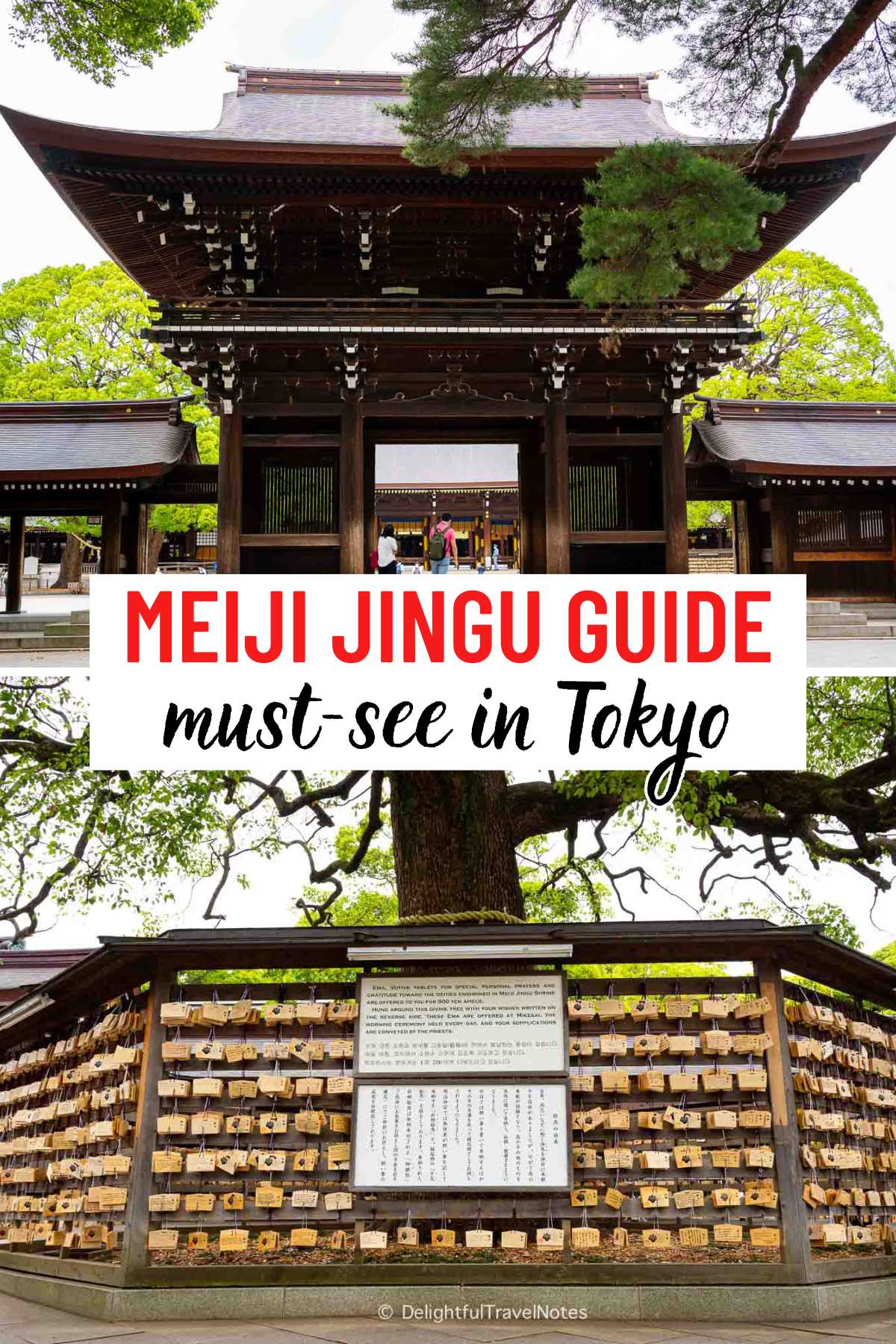


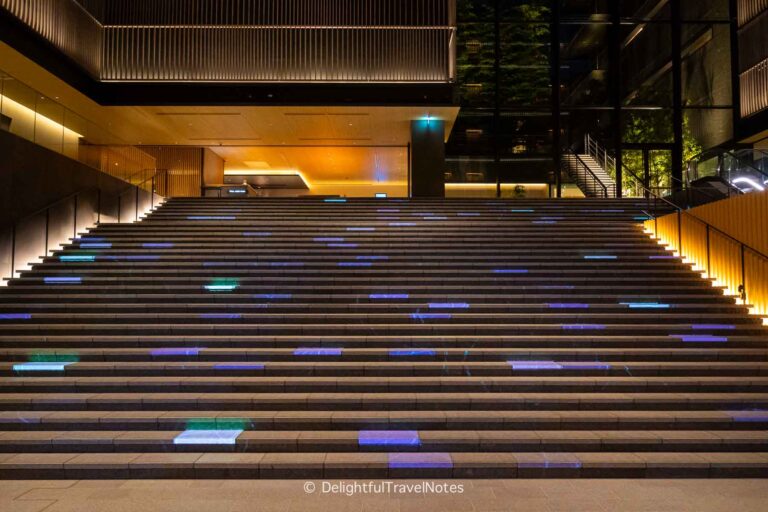
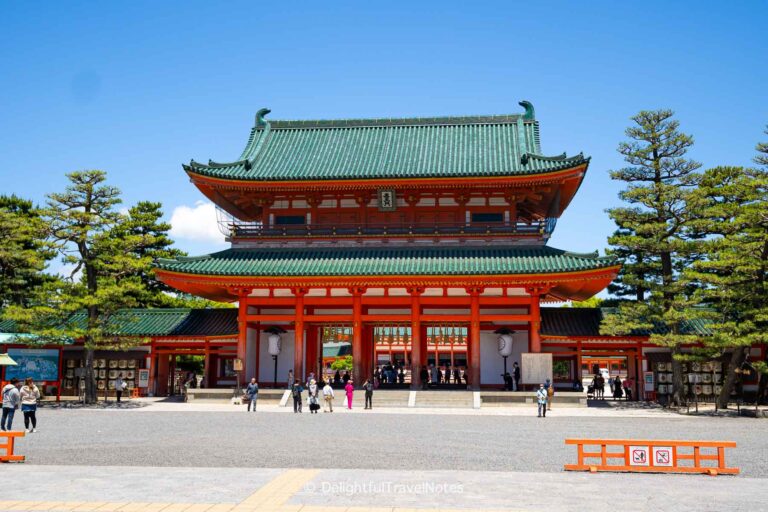
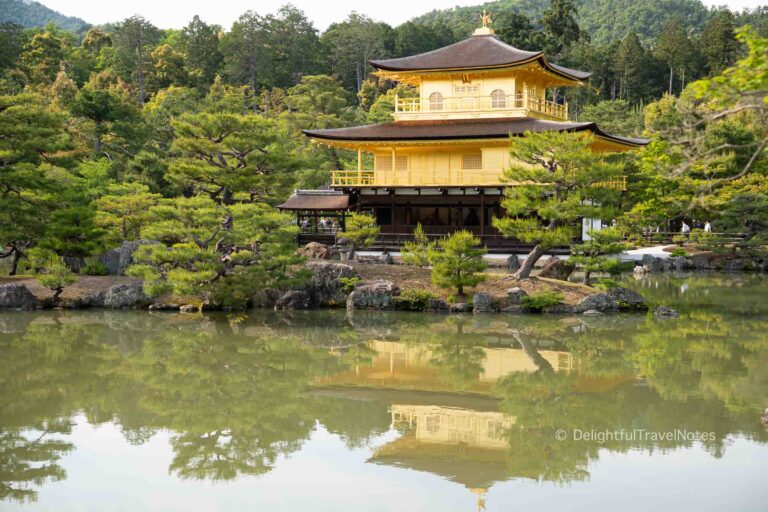
Thank you for your beautiful and reverend review of this shrine. I am on my way to Tokyo in September 2024 for 2 weeks and this will definitely be a stop for me! I appreciate your kind and warm descriptions of the history of the Shrine and how it was blended with nature. I am so grateful for the instructions for showing proper respect while I visit. It’s very important to me to ensure hallowed grounds are maintained for this beautiful country and people while I am a visitor. Thank you for your hard work to produce this guide.